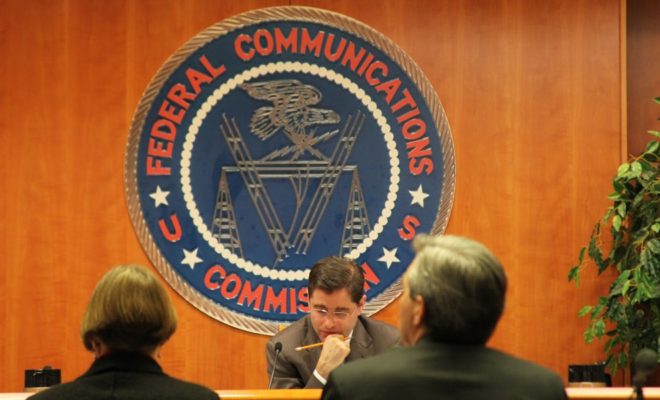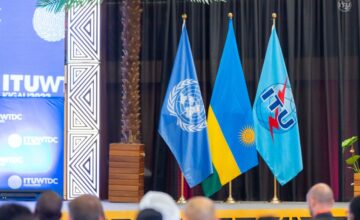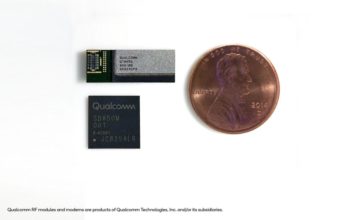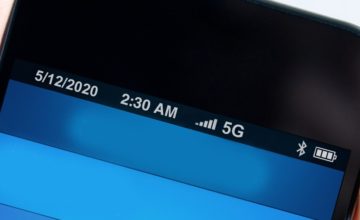In a process that has taken the better part of a year to organize and complete, the FCC 600 MHz incentive auction has finally concluded. And while the FCC will not be releasing specific results of the auction for several weeks, we do know some of the changes that are coming to the industry thanks to the auction, and some of the effects they may hold.
One piece of information the FCC has released is how much revenue was brought in thanks to the auction: a whopping $19.8 billion dollars. These funds will be split accordingly, with roughly $6 billion going directly to the US Treasury for deficit reduction, over $10 billion going to the television broadcasters that chose to relinquish spectrum usage rights to the interested wireless companies, and roughly $1.75 billion will be awarded to a number of other broadcasters that incur additional costs from the eventual process of changing channels.
Following an initial bidding period that started at the beginning of March, several companies have won licenses that cover 428 partial economic areas across the country. These companies reentered bidding towards the end of the month, this time over the 10-megahertz license blocks and where they will fall on the 70 megahertz spectrum. The auction was initially intended for 2015, but broadcasters were reluctant to sell some of their spectrum – though in the end, major broadcast companies such as Fox, Tribune Media, and Gray Television were among the companies that relinquished a portion of that valuable airspace to the wireless sector. The FCC will now spend the next few years moving TV channels and other services offered by those companies onto different frequencies, clearing space for the wireless industry to expand.
The broadcasters are expected to have cleared their services from the 600 MHz spectrum band sometime in the early months of 2020 – which also just happens to be around the time that 5G is expected to be in the early stages of commercial deployment. Early integrations with 5G have focused on higher band spectrum licenses with a 3.5 GHz band, and even sometimes moving into millimeter bands that are higher than the 15 GHz band. Doing so will help meet the expected demand for 5G services – especially with the newly free 600 MHz spectrums bolstering the coverage.
Gary Epstein, chair of the FCC’s Incentive Auction Task Force, shared his opinion on the matter following the end of the auction. He released a statement that said, “Today’s conclusion of the assignment phase formally brings all bidding activity in this multi-phase auction to a close… The incentive auction has required unprecedented commitment from bidders as well as Commission staff, who from the moment that broadcasters made their initial commitments to the final bids processed this afternoon have worked each day to assist bidders and ensure a fair and successful auction. We are excited to share the results of the reverse and forward auctions and extensive information about the post-auction transition in the next few weeks.”
What that means for participating companies such as Verizon Wireless, AT&T, T-Mobile US, U.S. Cellular, C Spire and Japan’s NTT DoCoMo still isn’t entirely clear: the full results of the auction won’t be made public for a few weeks’ time. But with the changing face of technology across the country, the coming of widespread 5G services, and an ever-changing television broadcasting situation, it seems like the effects of the auction may be long lasting – and will have a major impact on the lives of people within the wireless world, both at work AND at home.
Sources: FCC 600 MHz Incentive Auction Closes at Nearly $18.8B; FCC’s Long-Running Broadcast Spectrum Auction Is Finally Over




